Get the right bike helmet to improve your rides and ensure your safety
Bicycle helmets, often overlooked but essential, are a crucial part of the biking experience. Though they don't directly involve the bike itself, these helmets can be lifesavers, costing about the same as a T-shirt. While they may not be top of mind for many riders, in the event of a crash, wearing a helmet can make the difference between life and death.

Types of Cycling Helmets
Mountain Helmets
Mountain helmets are made for people who love to ride on rough, bumpy trails. These helmets have extra protection at the back of your head, which is important if you fall. The shape is a bit different from road bike helmets, often with a visor at the front to shield your eyes from the sun and branches. Mountain helmets also have more coverage around the sides and back of your head, providing extra safety when you're navigating rocky or uneven paths.
Road Helmets
Road helmets are designed to be light and airy, perfect for those who love to ride fast on smooth roads. Imagine wearing a hat that doesn't weigh you down, letting you feel the wind as you pedal quickly. Road helmets usually have lots of small holes to let air in, keeping your head cool even on hot days. They often have a sleek, round shape, which helps you move through the air more easily.
Triathlon Helmets
Triathlon helmets are made for racing and speed. They have a unique, aerodynamic shape that helps you move faster by reducing wind resistance. These helmets often have fewer ventilation holes to keep the shape smooth, but they’re designed to keep you cool during a race. Triathlon helmets also have a comfortable fit, allowing you to focus on your performance. If you participate in triathlons or time trials, this type of helmet will help you perform at your best.
Commuter Helmets
Commuter helmets are ideal for everyday rides, like going to school or the park. These helmets are designed to be comfortable and safe, with a simple but sturdy design. They often have a few ventilation holes to keep your head cool but are usually more solid than road helmets. Commuter helmets also come with additional features like built-in lights or reflective strips to help you be seen by others when you're riding in low light.

Cycling Helmet Comfort and Fit
Finding the Right Size
Finding the right size for your helmet is very important. You want a helmet that fits snugly on your head without being too tight or too loose. To find the right size, measure the circumference of your head with a flexible tape measure. Start at your forehead, just above your eyebrows, and wrap the tape around the widest part of your head. Most helmets come with sizing guides that use these measurements to help you pick the right size. If the helmet feels too tight or too loose, try adjusting the straps or padding until it fits comfortably.
Adjusting the Straps
The straps of a helmet are crucial for keeping it securely on your head. When adjusting the straps, make sure they form a "Y" shape around your ears. The buckle should sit just under your chin, and you should be able to fit one or two fingers between the strap and your chin. If the straps are too loose, the helmet can move around and won't protect you properly. If they're too tight, it can be uncomfortable. Take your time to adjust the straps until they feel just right. Once adjusted, the helmet should stay in place when you move your head.
Padding Inside the Helmet
The padding inside the helmet makes it more comfortable to wear. It should feel soft against your head and help the helmet fit snugly. Some helmets come with removable padding that you can take out and wash, which is helpful for keeping the helmet clean. If the padding wears out or gets damaged, you can usually replace it with new padding. Check the padding regularly to make sure it’s in good condition. The right padding will help keep the helmet in place and make it more enjoyable to wear, especially on long rides.
Helmet Ventilation
Ventilation is important for keeping your head cool while you ride. Helmets with good ventilation have lots of small holes or vents that allow air to flow through. This helps prevent your head from getting too hot and sweaty, especially on warm days. When choosing a helmet, look for one with plenty of ventilation if you plan to ride in hot weather. Ventilation can make a big difference in your comfort level, so it’s worth considering when selecting a helmet. The right amount of airflow can keep you feeling fresh and focused on your ride.

Top Rated Road Bike Helmets You Never Want to Miss
The LIVALL BH60SE light bicycle helmet is a fantastic option for both road biking and commuting. It comes with some amazing features that make it stand out. One of its best features is the anti-loss alarm. When the helmet is connected to your phone and the distance between the helmet and phone exceeds 65 feet (20 meters), both the helmet and phone will sound an alarm to alert you. This helps ensure you never forget your helmet behind.
Another great feature is the battery status indicator. When you power on the helmet, you can conveniently check the battery status through the tail light. This helps you know when it’s time to recharge, so you’re never caught with a dead helmet battery.
The LIVALL BH60SE Neo also comes with built-in Bluetooth speakers and a remote controller. This allows you to answer calls, use voice commands, navigate, and even use a PTT walkie-talkie anytime, anywhere. These features make your rides more enjoyable and connected.
One of the most important safety features is the patented fall detection & SOS alert. If you fall, the helmet can detect it and send an alert to a chosen contact. This ensures you get help quickly in case of an emergency. With all these features, the LIVALL BH60SE Neo is an excellent choice for anyone looking for a high-tech, reliable bike helmet.

Helmet Safety Technology
MIPS Technology
MIPS stands for Multi-directional Impact Protection System. It’s a special technology that adds an extra layer of protection inside the helmet. This layer can move slightly to help reduce the force on your brain during a fall. MIPS technology is designed to provide better safety in case of angled impacts. If you want the best protection for your head, look for a helmet with MIPS technology.
Reflective Elements
Reflective elements are small parts of the helmet that reflect light. They help you be seen by cars and other people when it’s dark or in low light conditions. Reflective strips or stickers can make a big difference in your visibility, especially if you ride in the evening or early morning. These elements are usually found on the back and sides of the helmet. They’re a simple but effective way to stay safe. When choosing a helmet, look for one with reflective elements to help you stay visible.
In-Mold Construction
In-mold construction means that the outer shell of the helmet is fused with the foam inside. This makes the helmet very strong and durable. The process creates a helmet that can withstand big hits and still protect you. In-mold construction is a common feature in high-quality helmets because it offers excellent protection and a lightweight design. If you want a helmet that is both strong and light, look for one with in-mold construction. It’s a great way to ensure your helmet will keep you safe.
Crash Sensor Technology
Some helmets come with sensors that can detect a crash. These sensors can send an alert to a chosen contact if you fall and need help. This technology is like having a little helper that can call for assistance when you need it. It’s especially useful if you ride alone or in remote areas. The sensor is usually built into the helmet and connected to your phone via an app. If you’re concerned about safety and want extra peace of mind, a helmet with crash sensor technology is a smart choice.

How to Care for Your Helmet
Cleaning Your Helmet
Cleaning your helmet is easy and helps keep it in good condition. Use mild soap and water to clean the outside of the helmet. Avoid using harsh chemicals, as they can damage the helmet. Gently scrub away any dirt or sweat, and rinse with clean water. Make sure to let the helmet dry completely before using it again. Keeping your helmet clean not only makes it look better but also ensures it stays safe to use.
Storing Your Helmet
Store your helmet in a cool, dry place when you’re not using it. Avoid leaving it in direct sunlight or in a hot car, as extreme temperatures can weaken the materials. A closet or a shelf is a good place to keep your helmet safe. Proper storage helps the helmet last longer and keeps it in good condition. Always check your helmet before each ride to make sure it’s ready to protect you.
Checking for Damage
Before every ride, check your helmet for any signs of damage. Look for cracks, dents, or worn-out straps. If you find any damage, it’s important to replace the helmet right away. A damaged helmet can’t protect you properly. Checking your helmet regularly ensures that it will do its job if you fall or have an accident. If your helmet looks worn out or has been through a big impact, it’s time to get a new one to stay safe.
Replacing Your Helmet
Replacing your helmet is necessary if it has been in a crash or is more than a few years old. Even if it looks fine, the materials inside the helmet can weaken over time. Most manufacturers recommend replacing your helmet every 3 to 5 years. If you’re unsure, check the label inside the helmet for guidance. Getting a new helmet ensures that you always have the best protection. Think of it like getting new shoes when the old ones wear out. A new helmet will fit better and keep you safer.
FAQs
How do I know if my helmet fits properly?
Your helmet fits properly if it sits snugly on your head, doesn’t move around, and the straps form a “Y” around your ears. Make sure you can fit one or two fingers between the strap and your chin.
How often should I replace my bike helmet?
You should replace your bike helmet every 3-5 years or after any major crash. Even if it looks fine, the materials inside can weaken over time, so a new helmet ensures the best protection.
What is MIPS technology in helmets?
MIPS stands for Multi-directional Impact Protection System. It’s a special layer inside the helmet that moves slightly to reduce the rotational force on your brain during a fall, offering better protection.









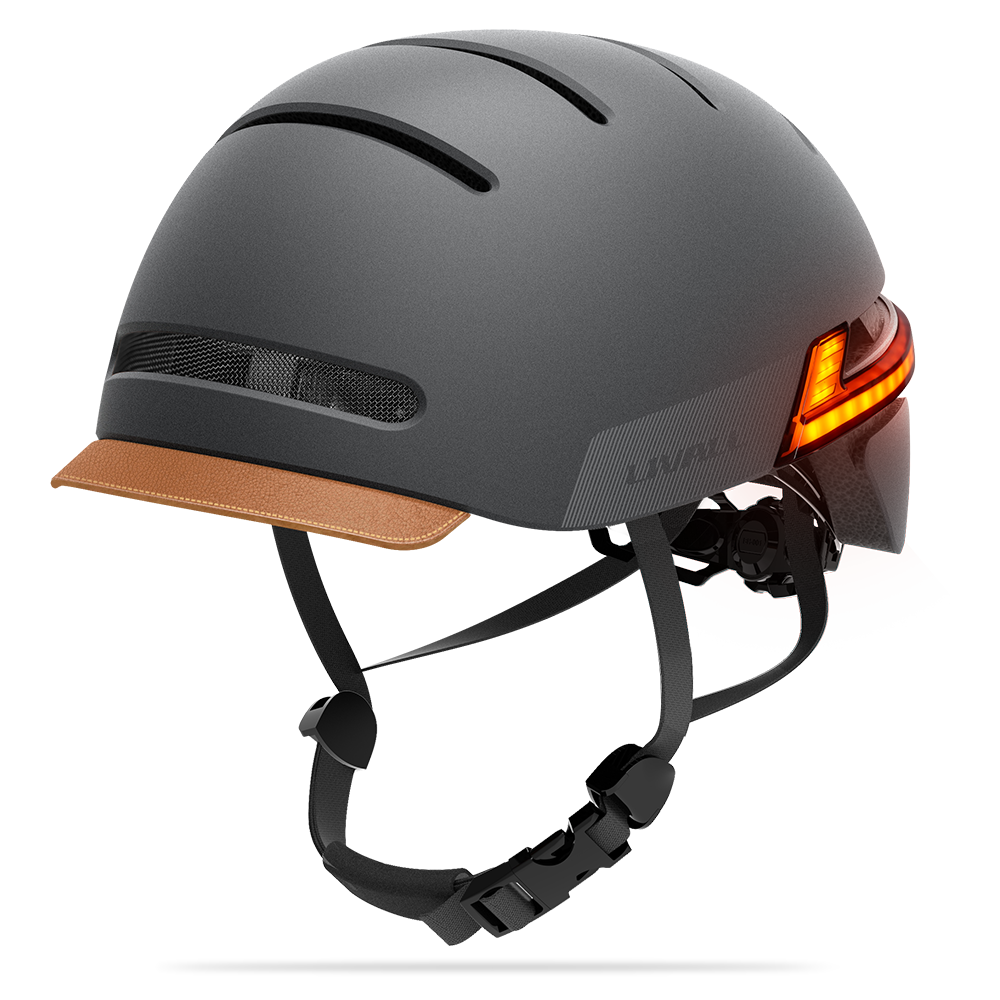




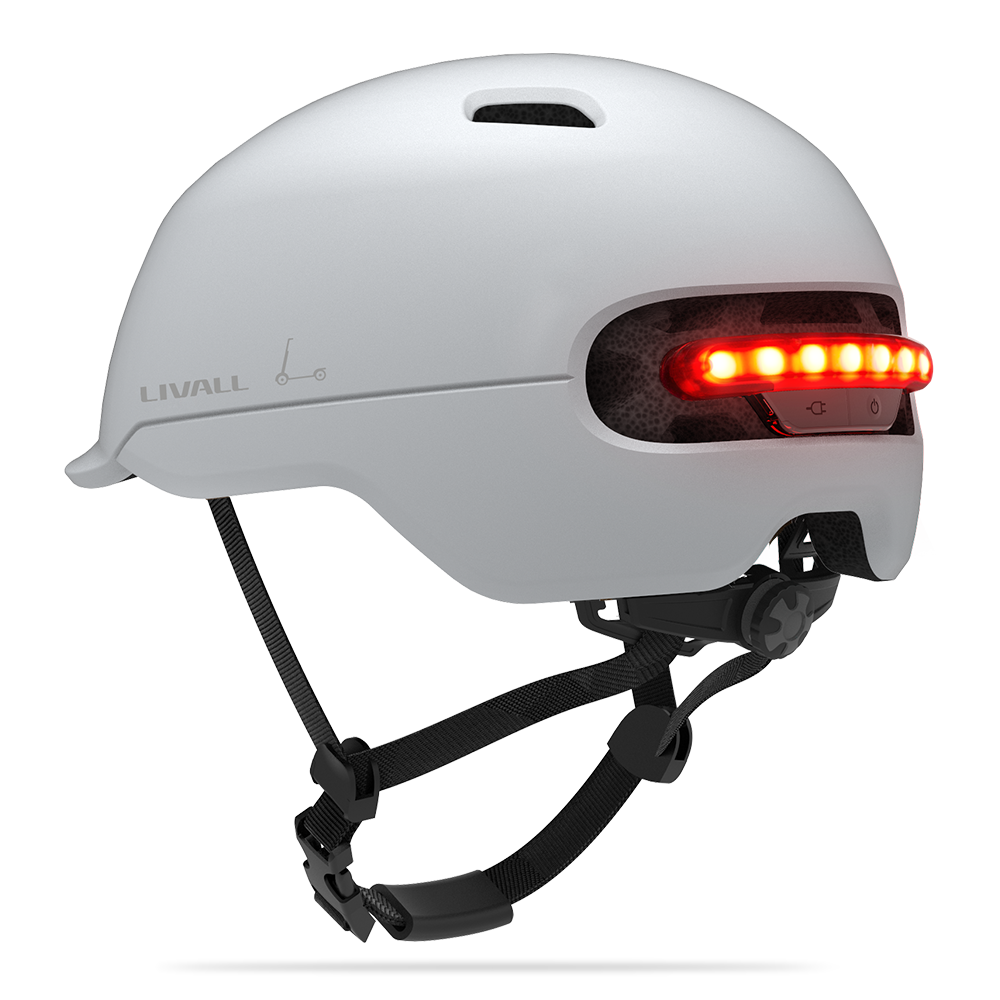
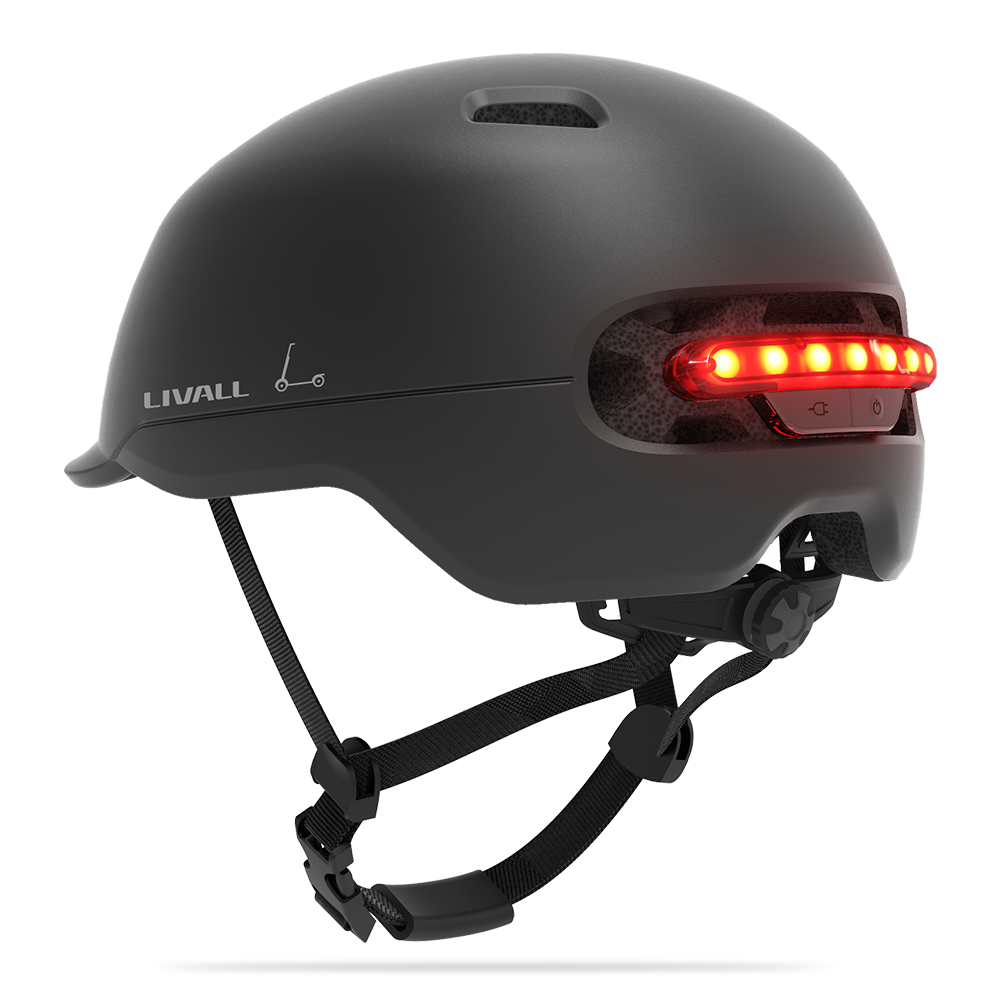
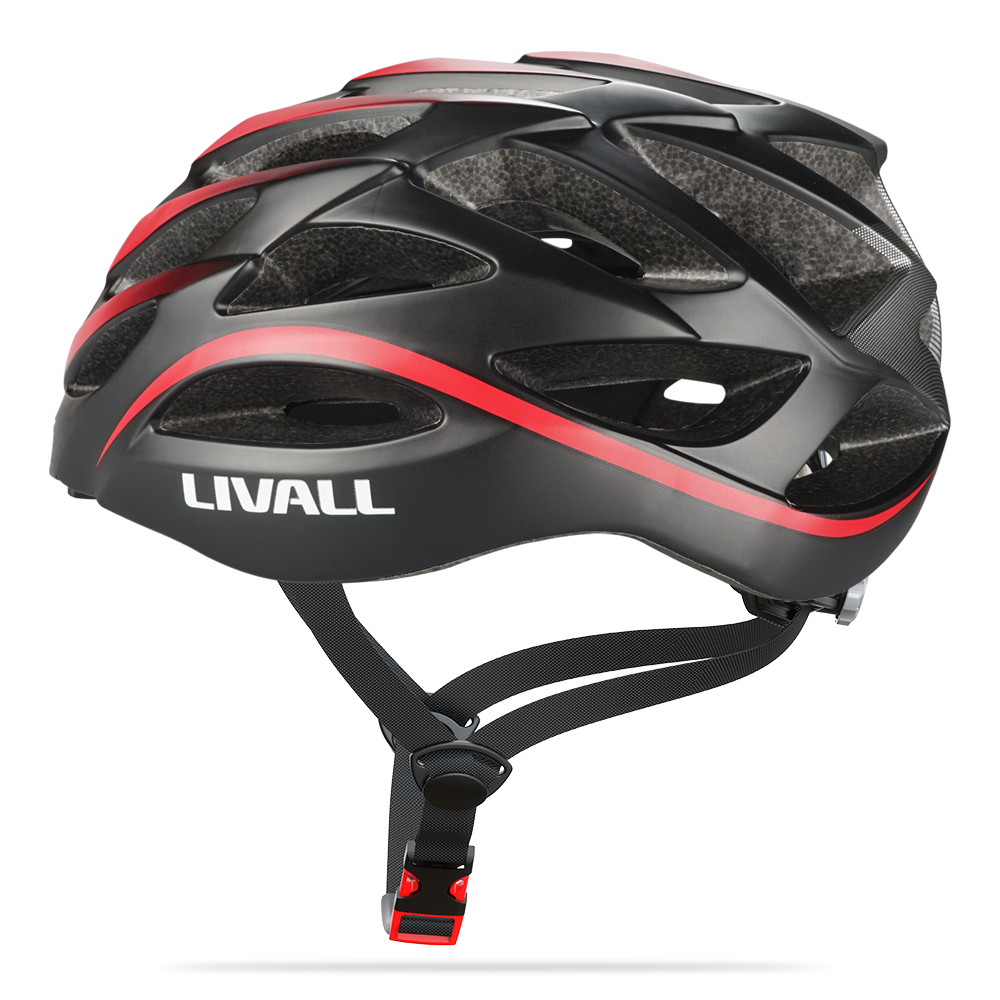
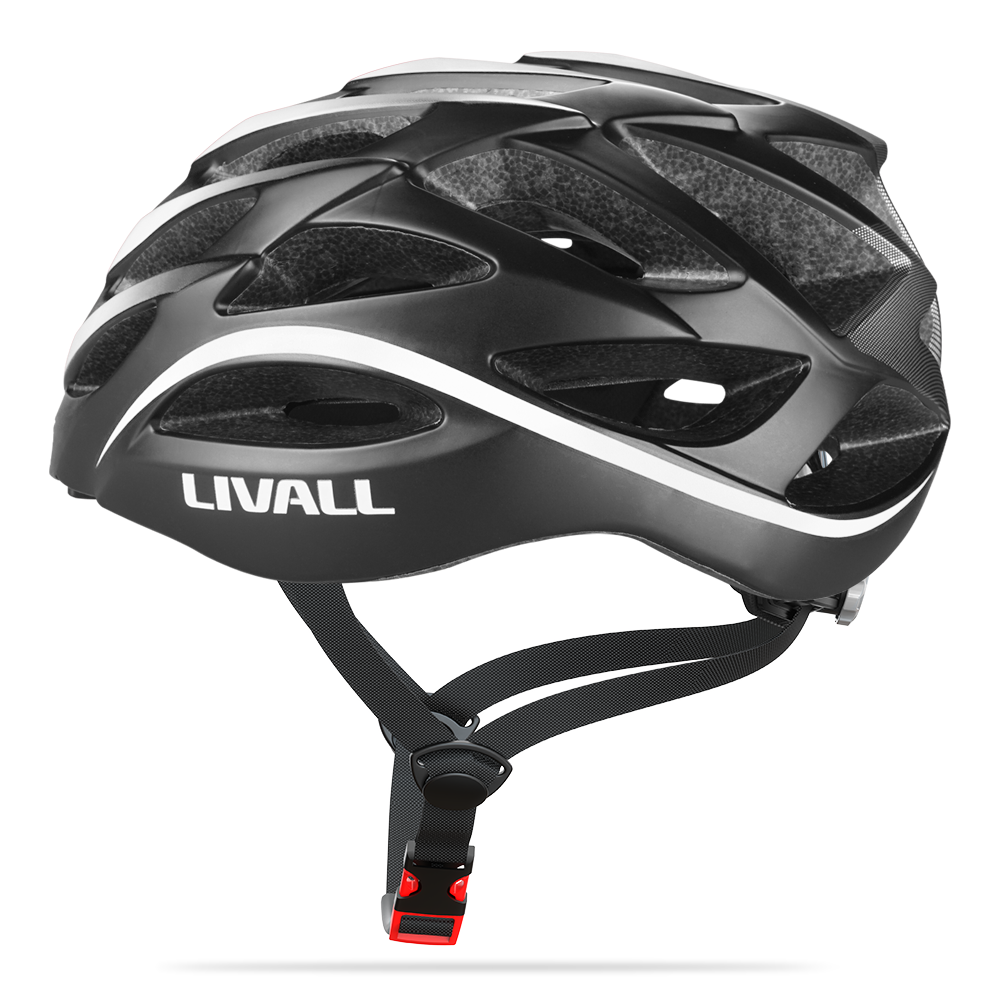


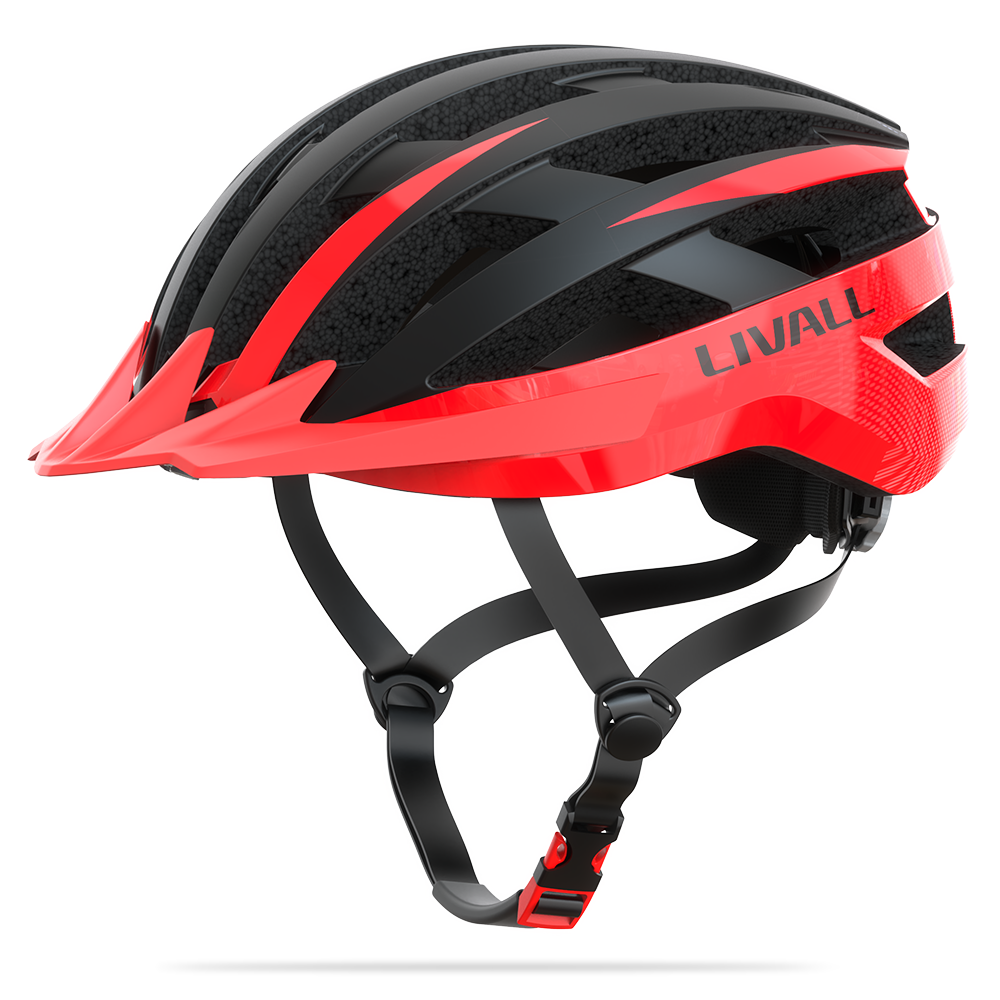

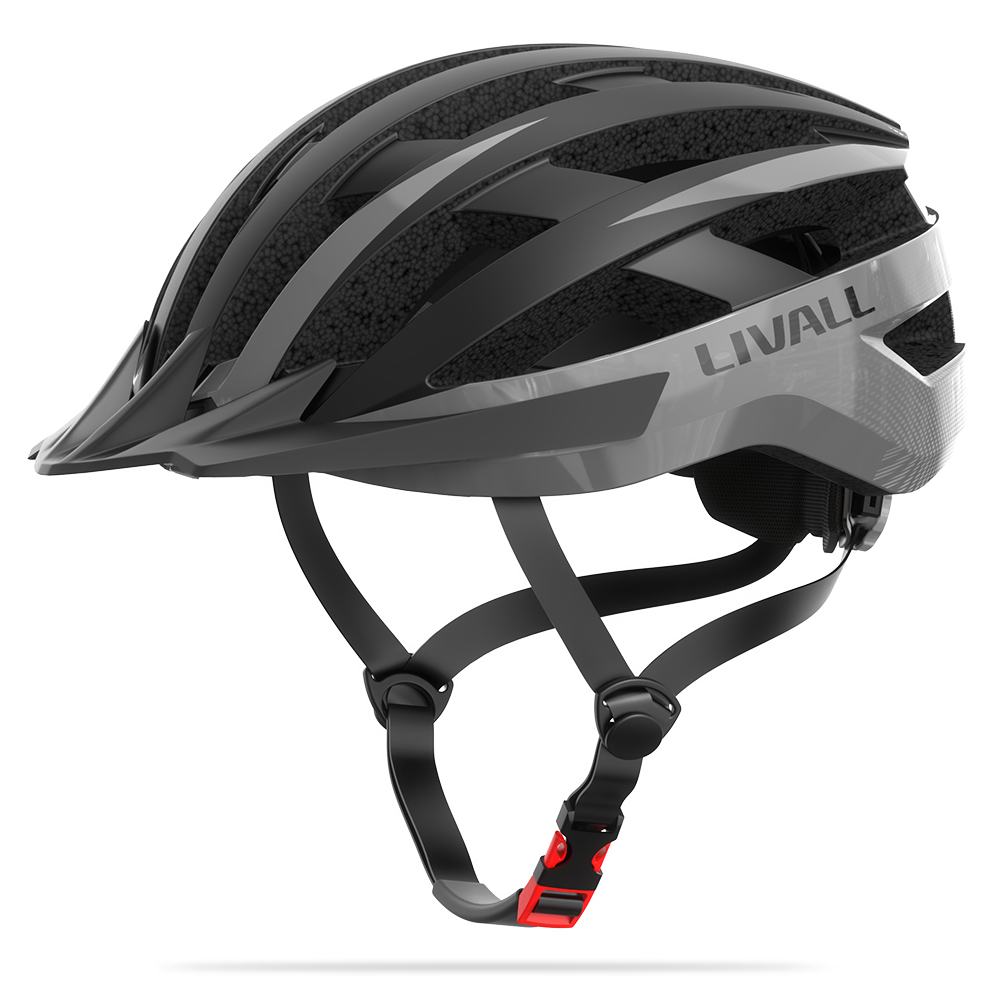
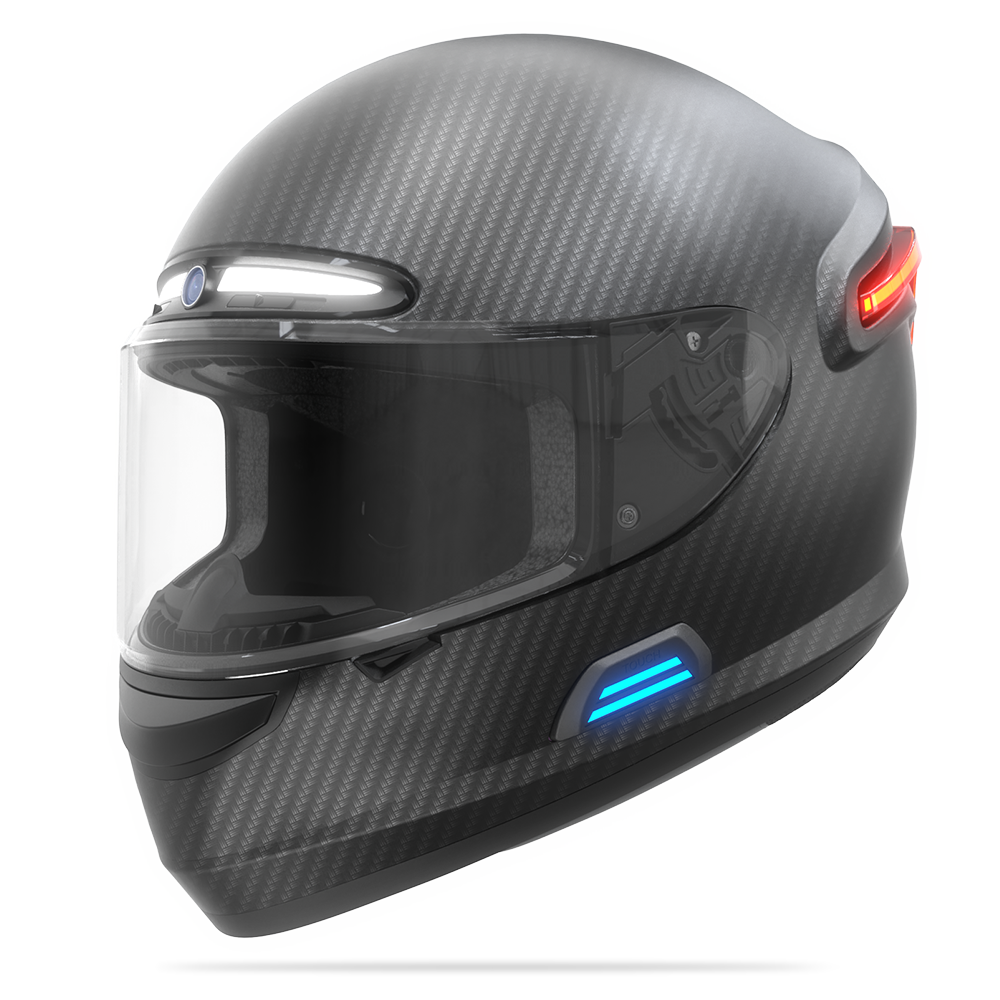


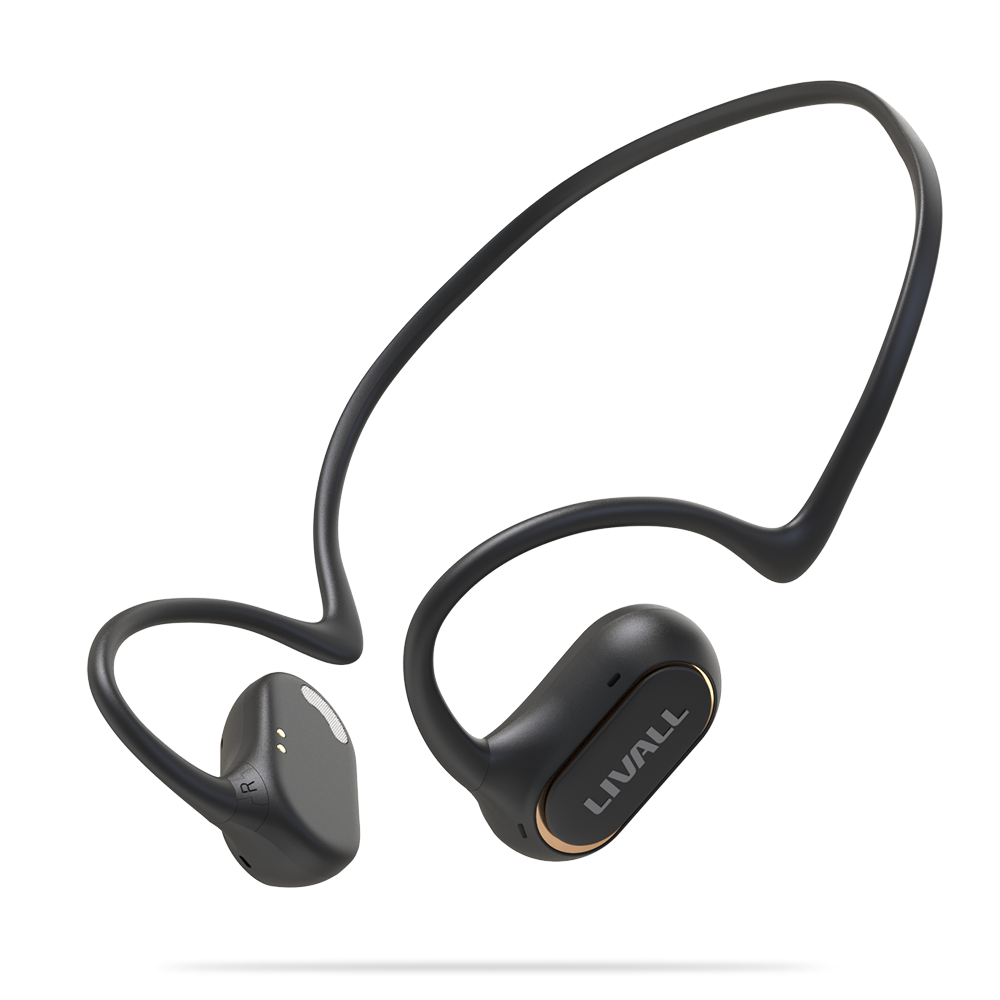

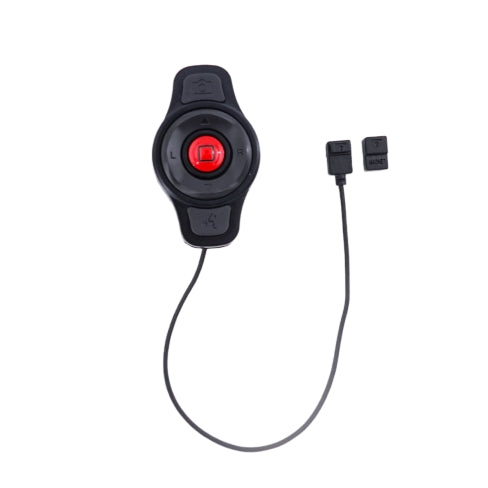
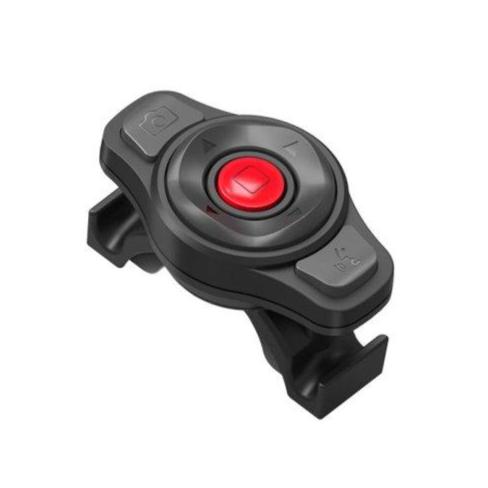
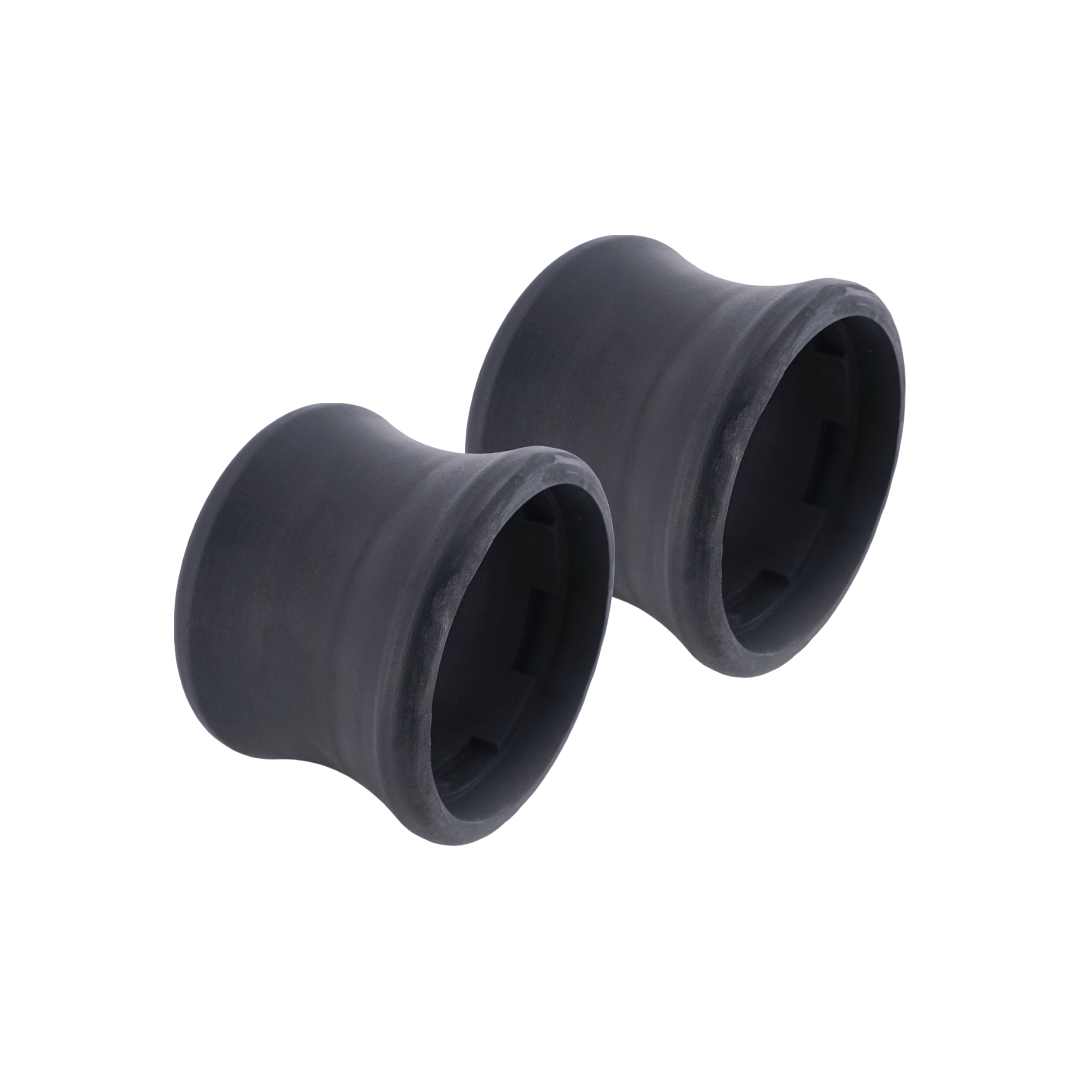
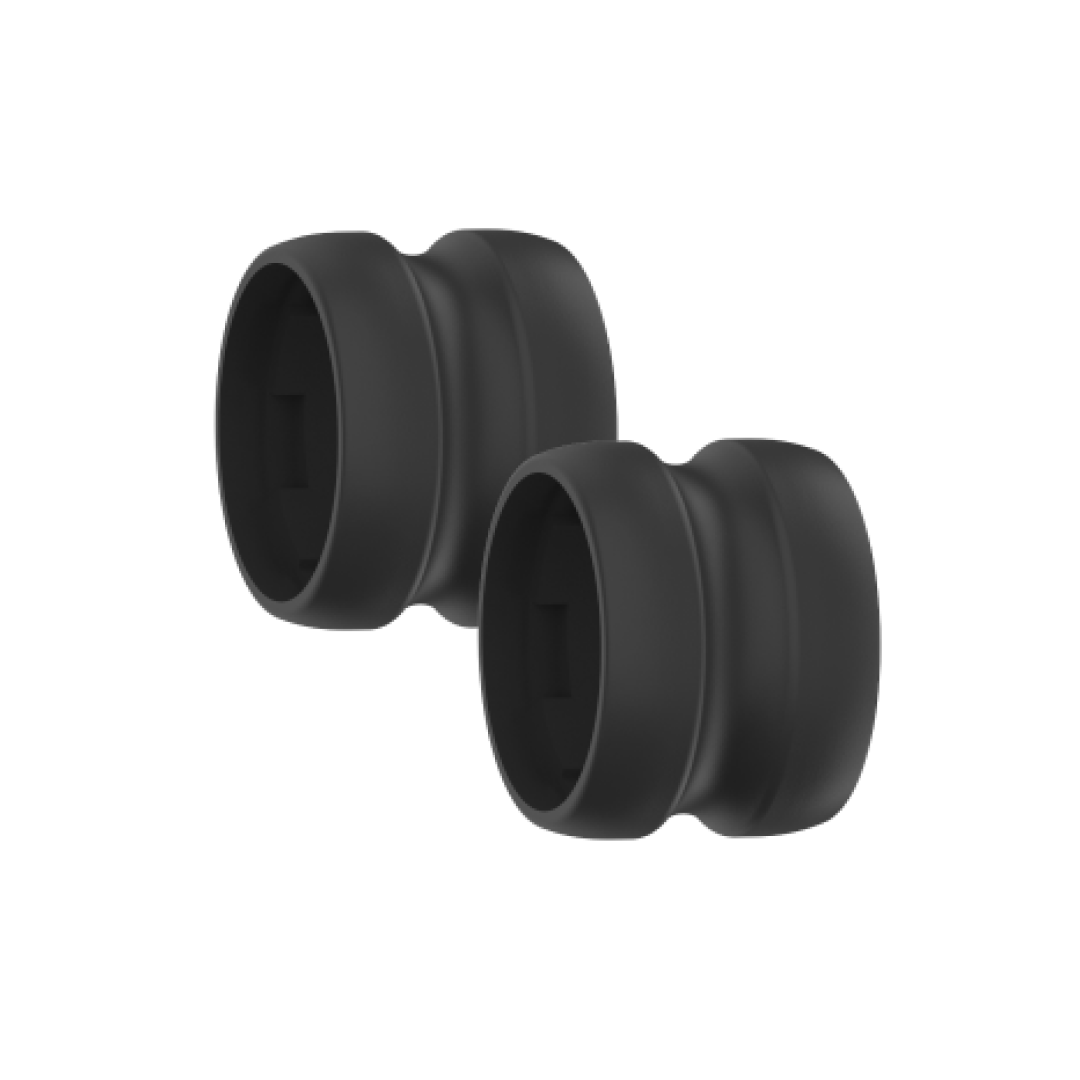
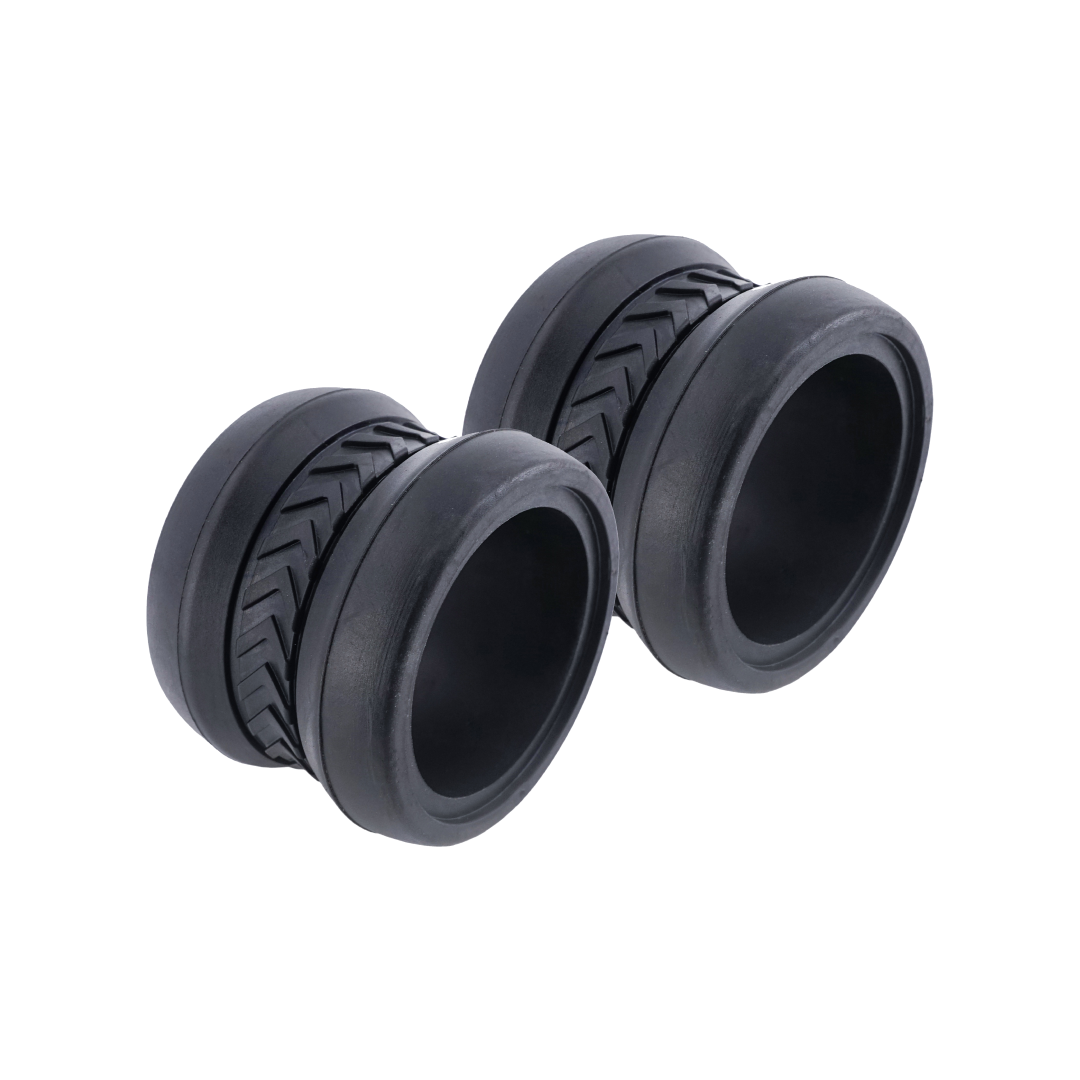
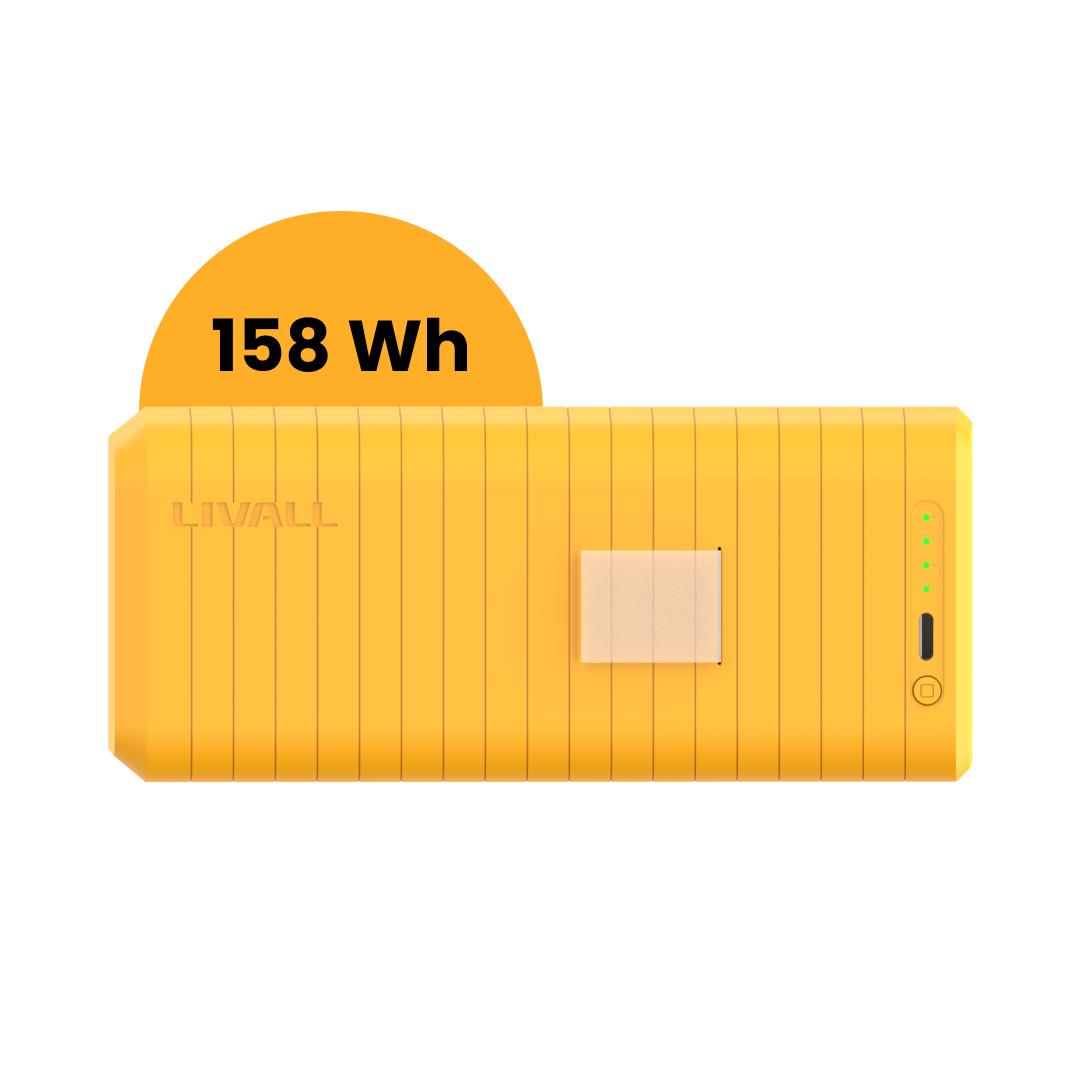
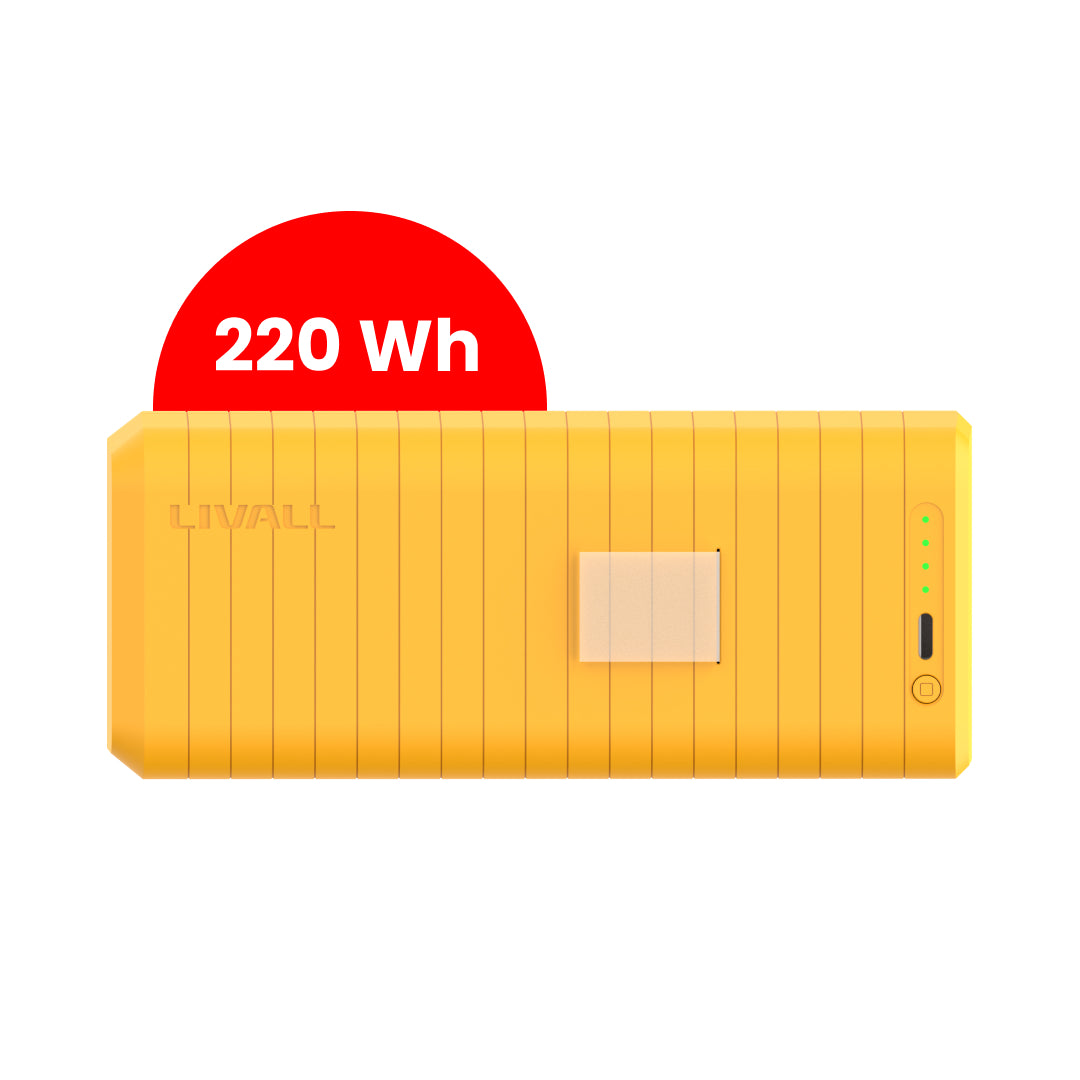
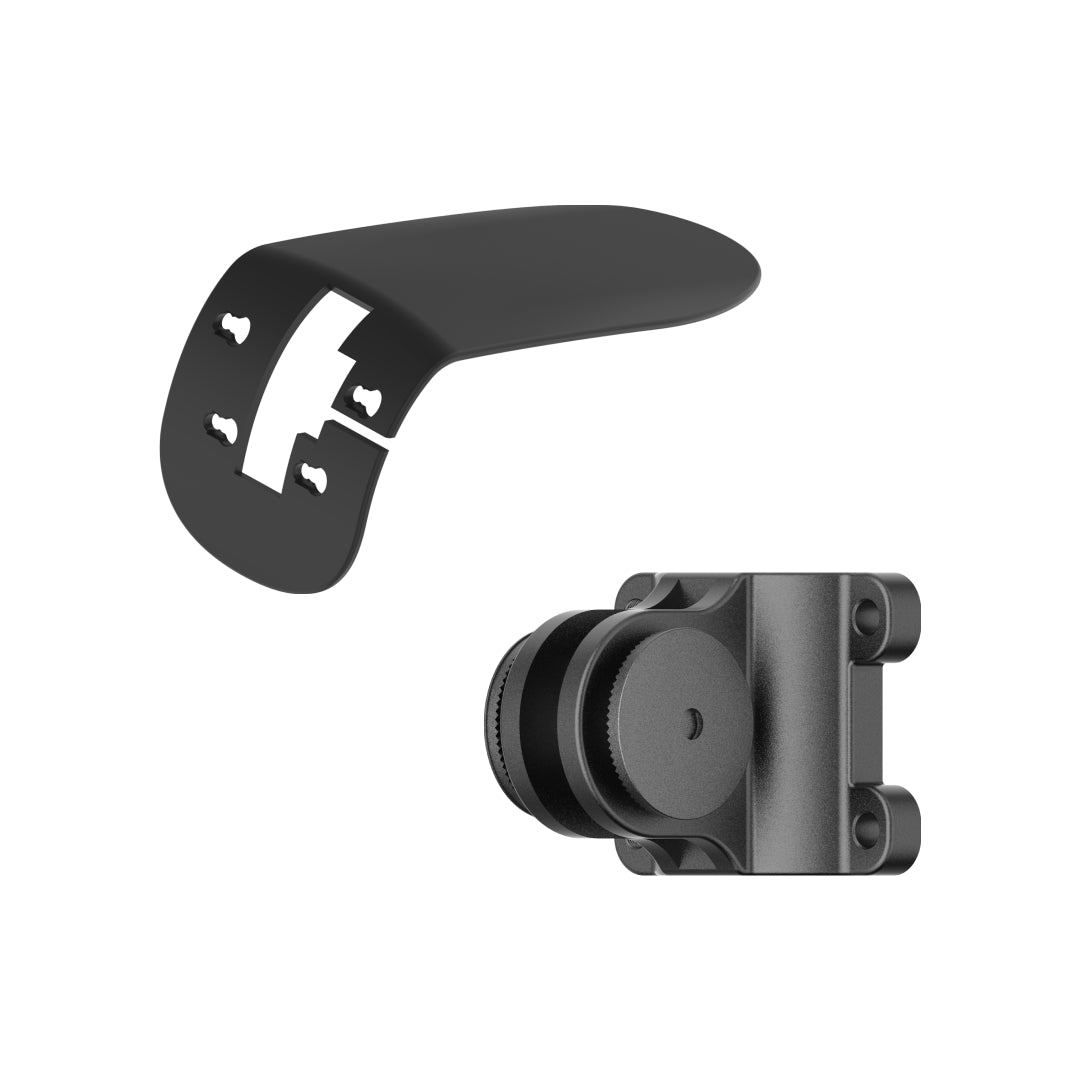
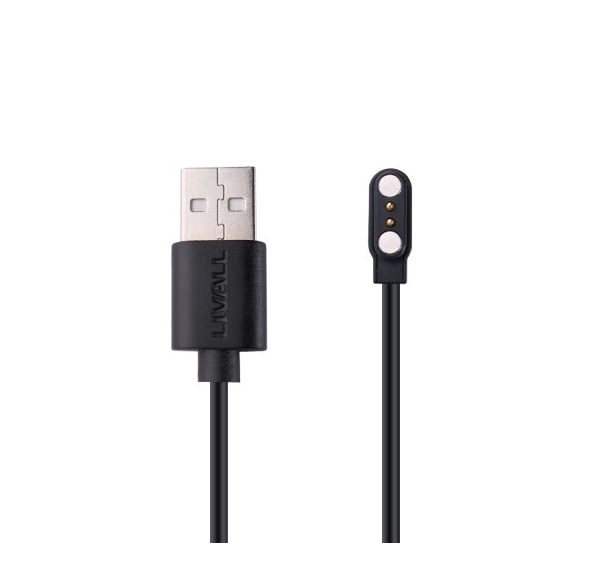
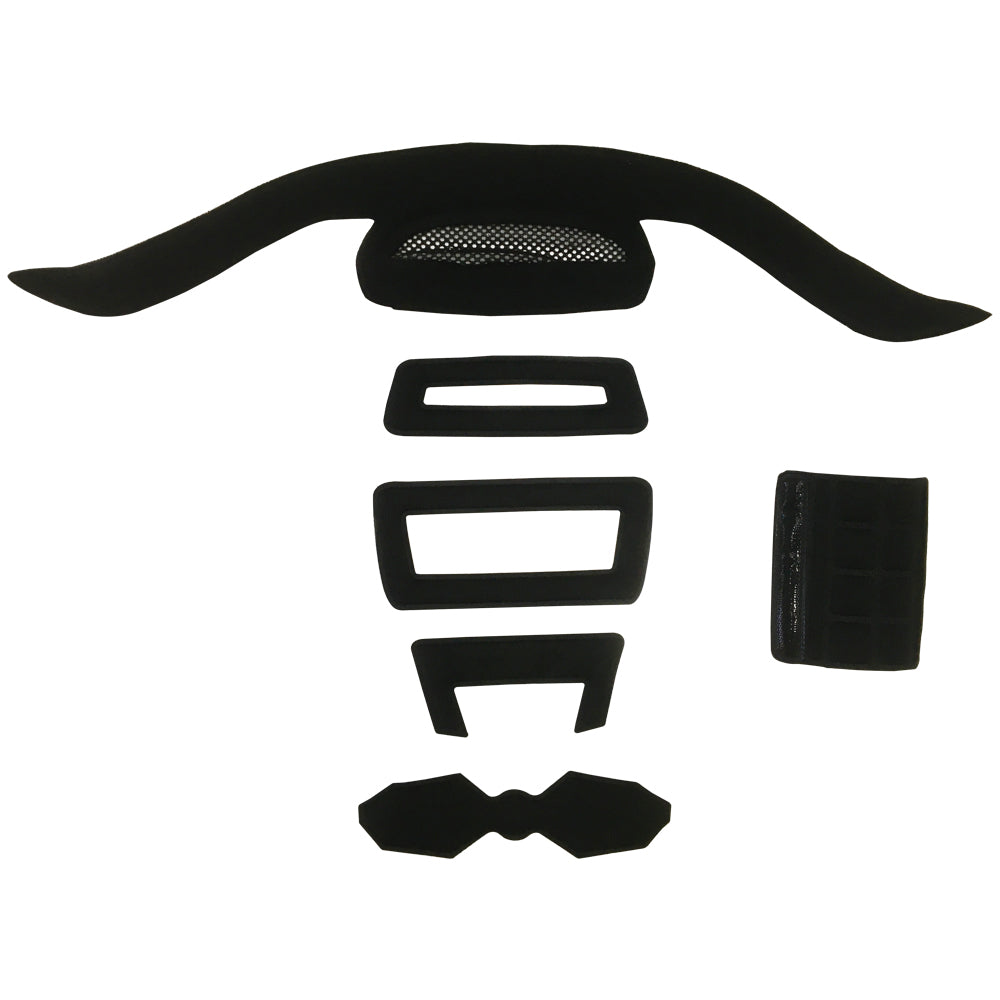
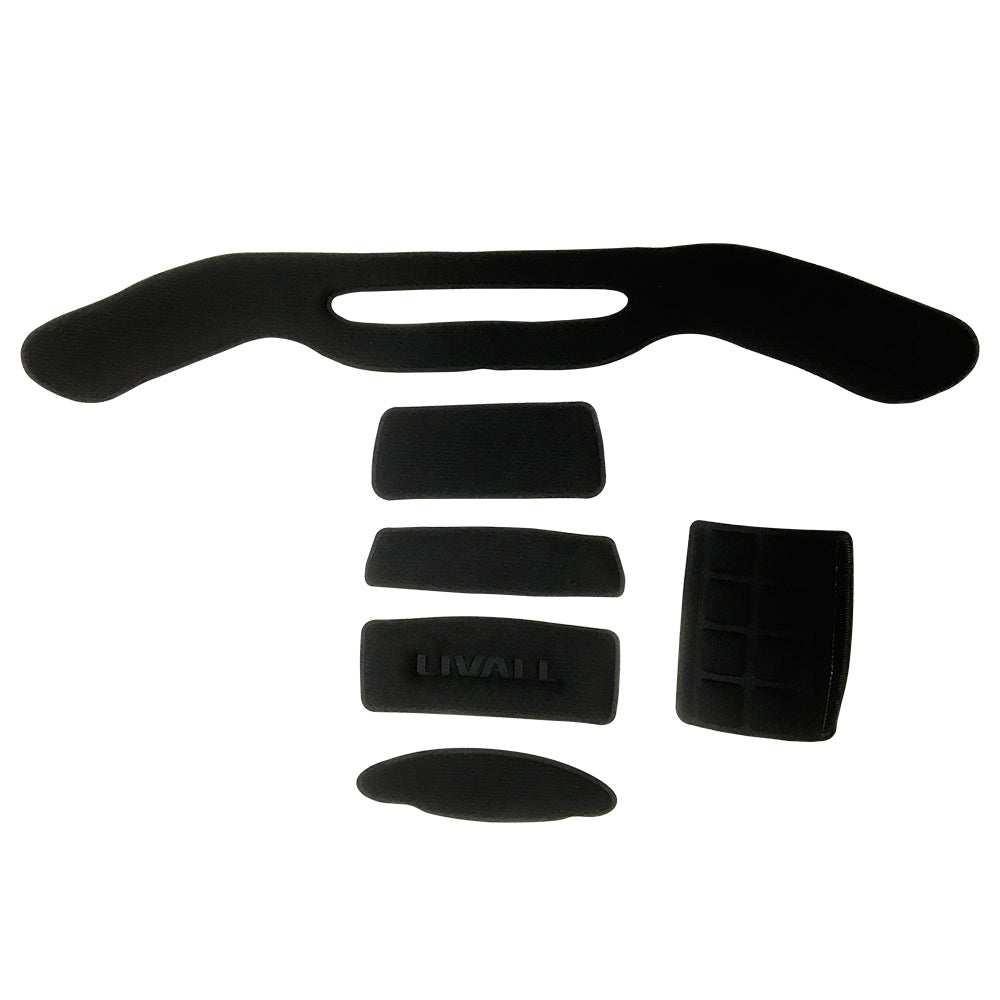
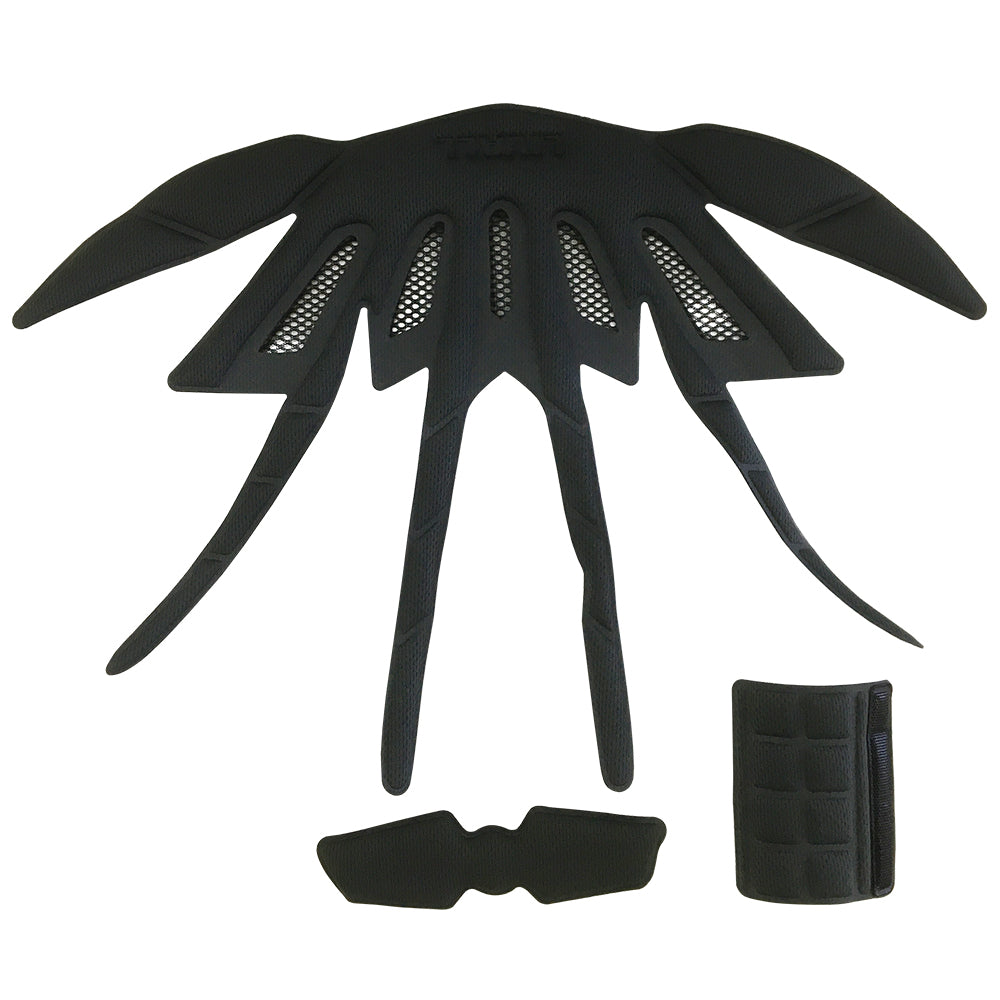
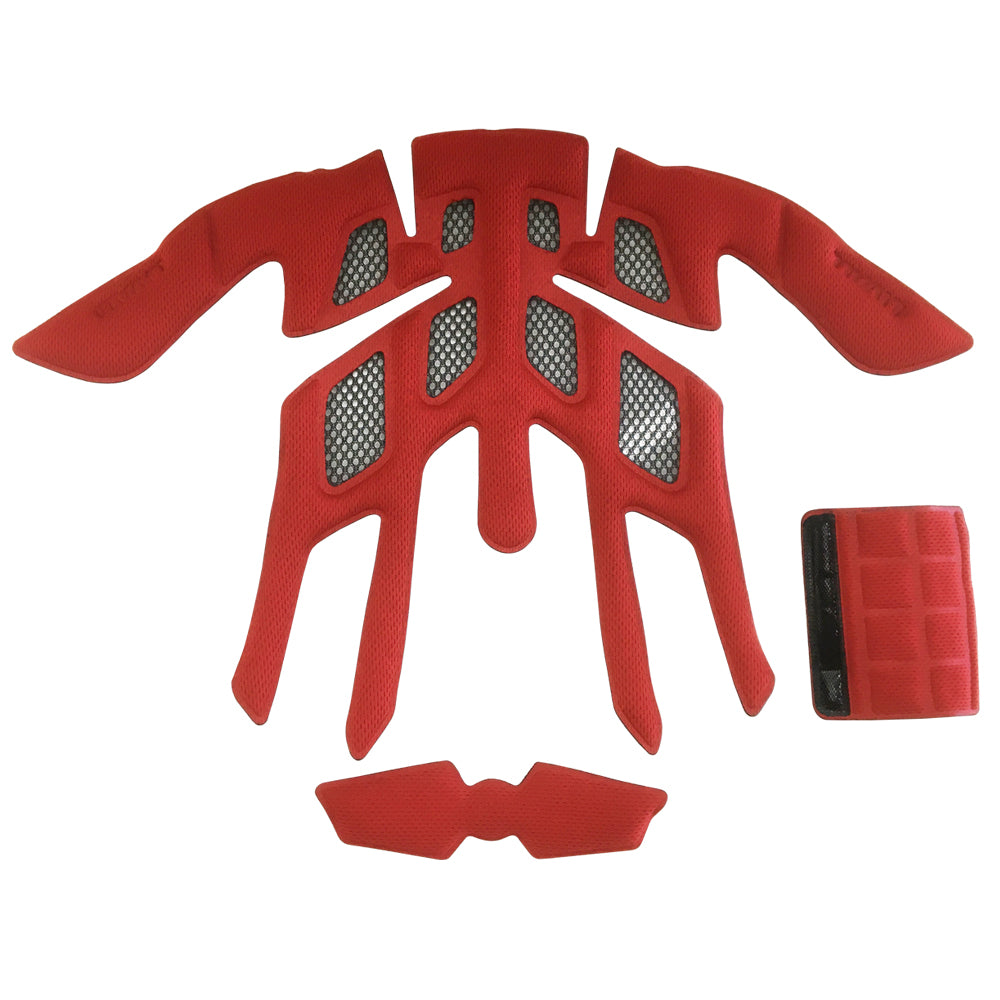
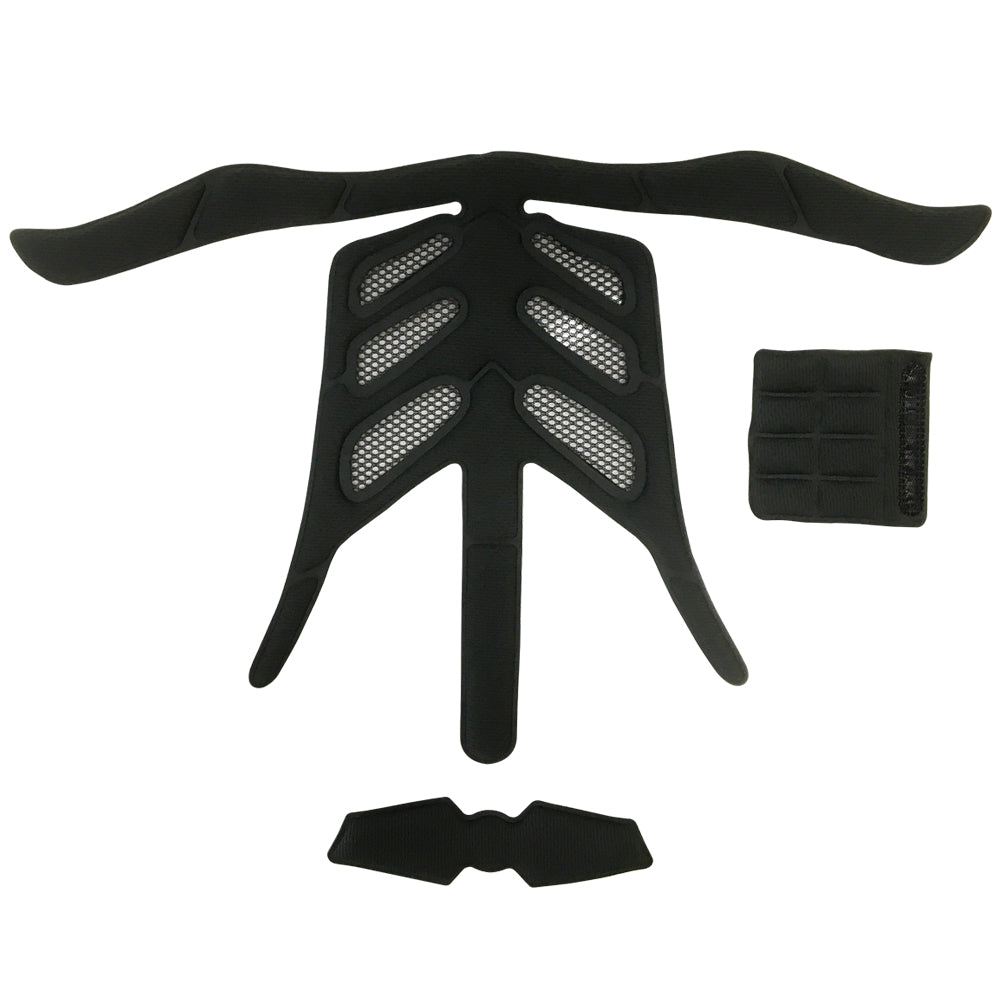
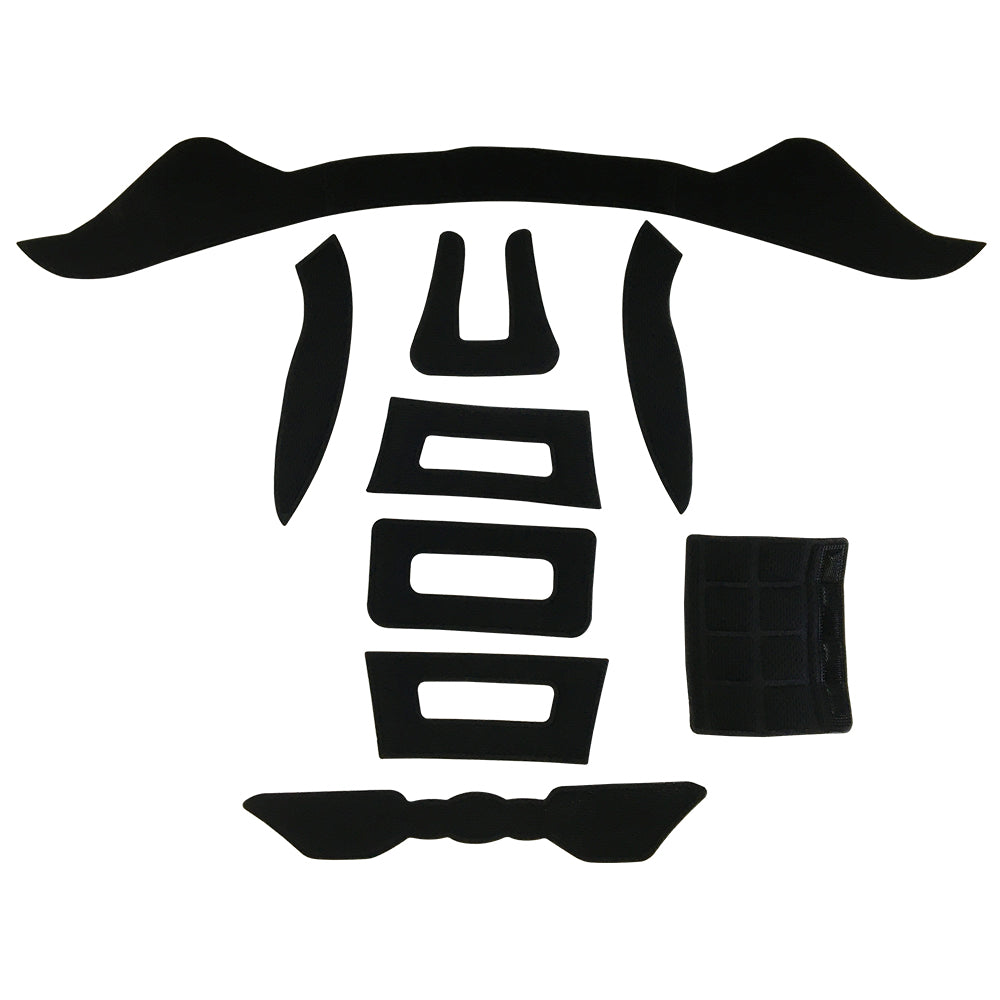

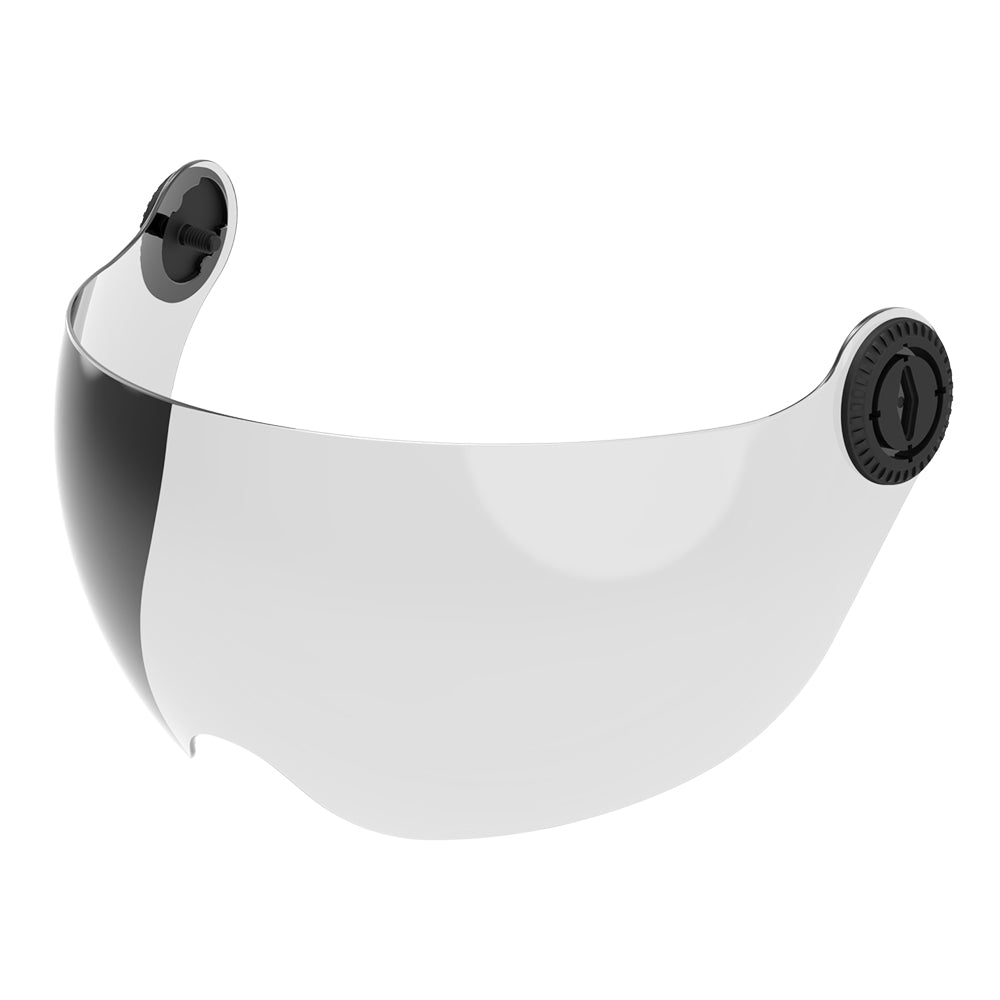

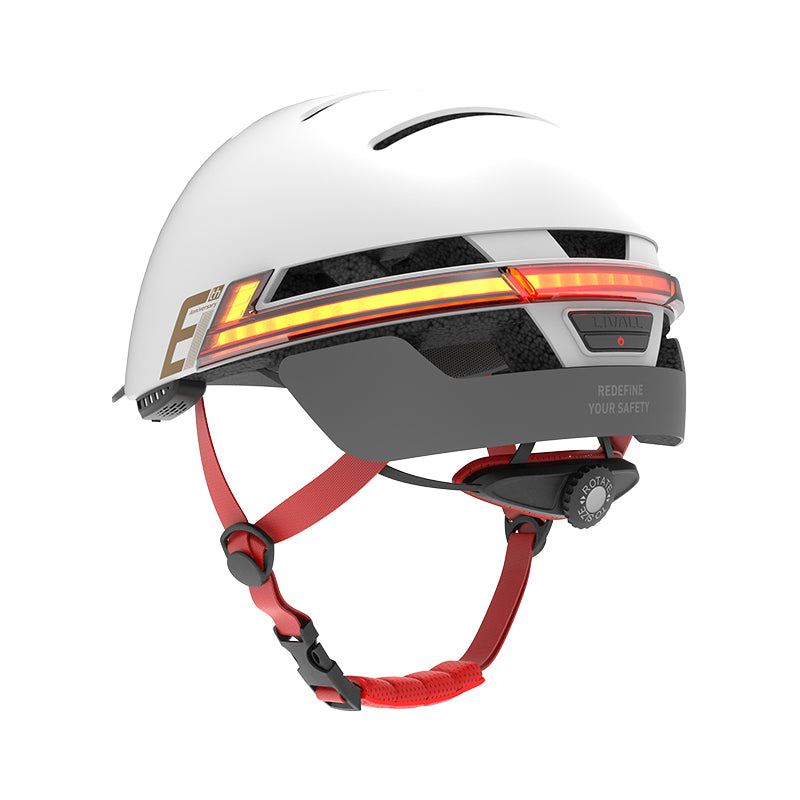
(2).jpg)

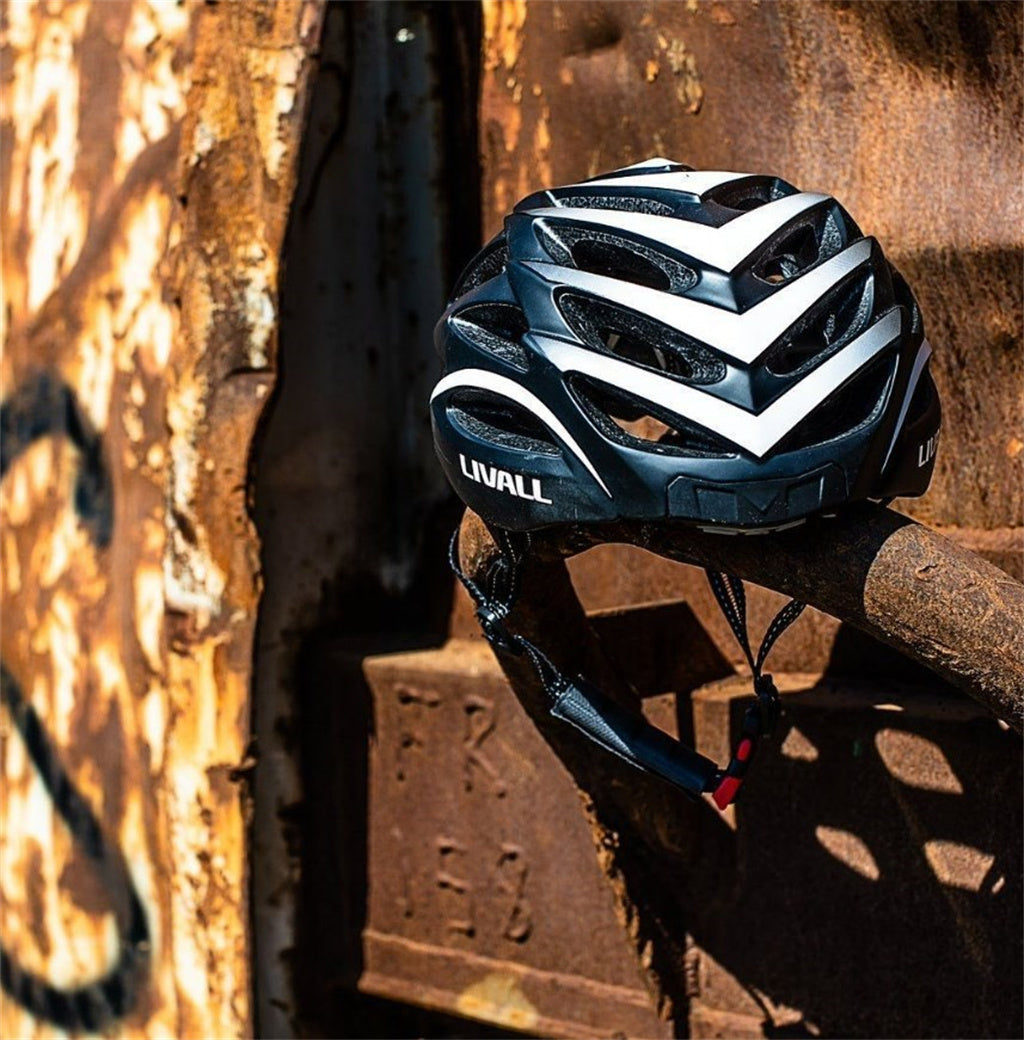
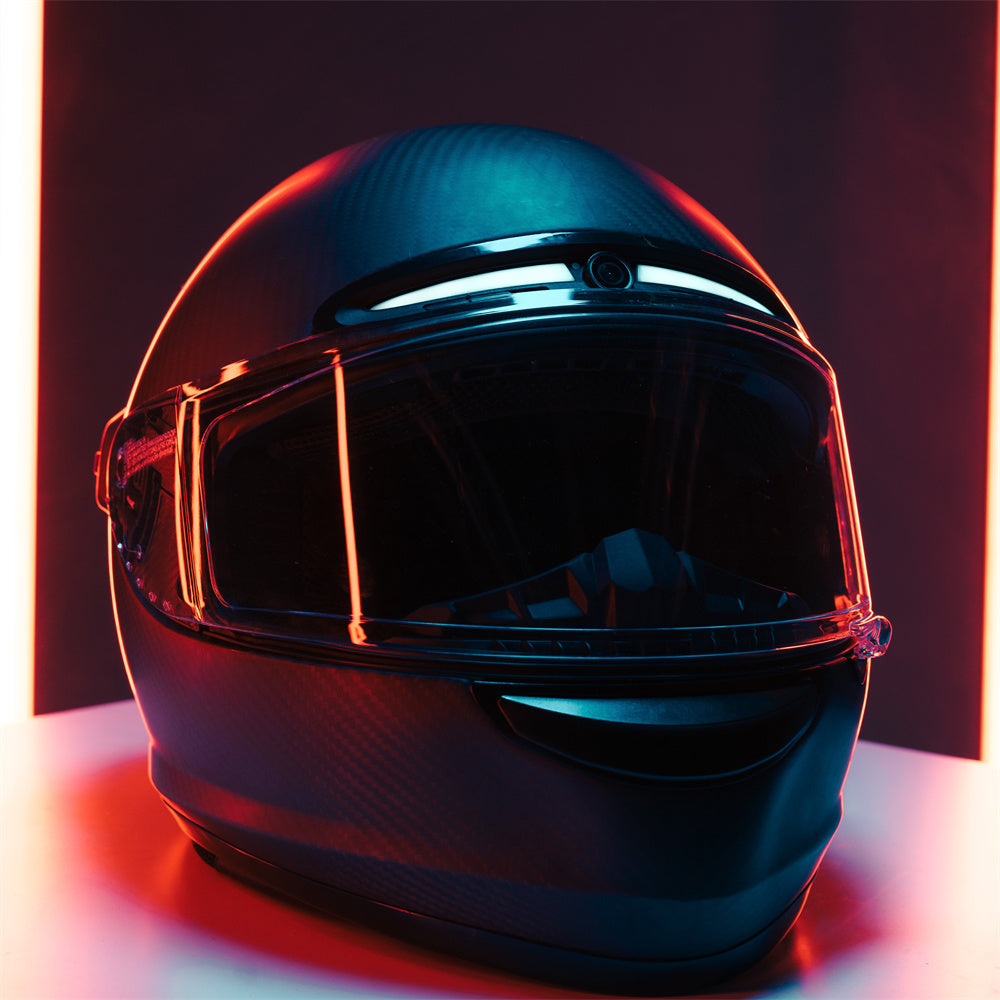
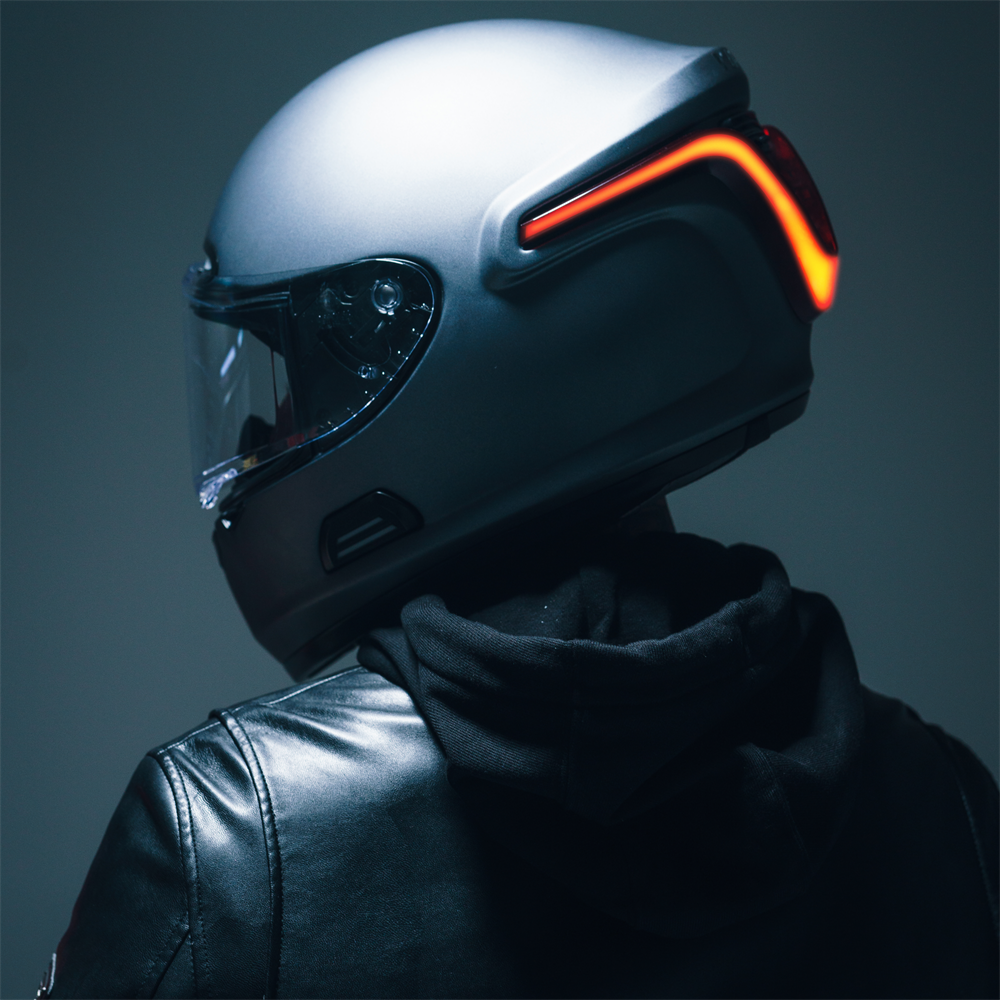
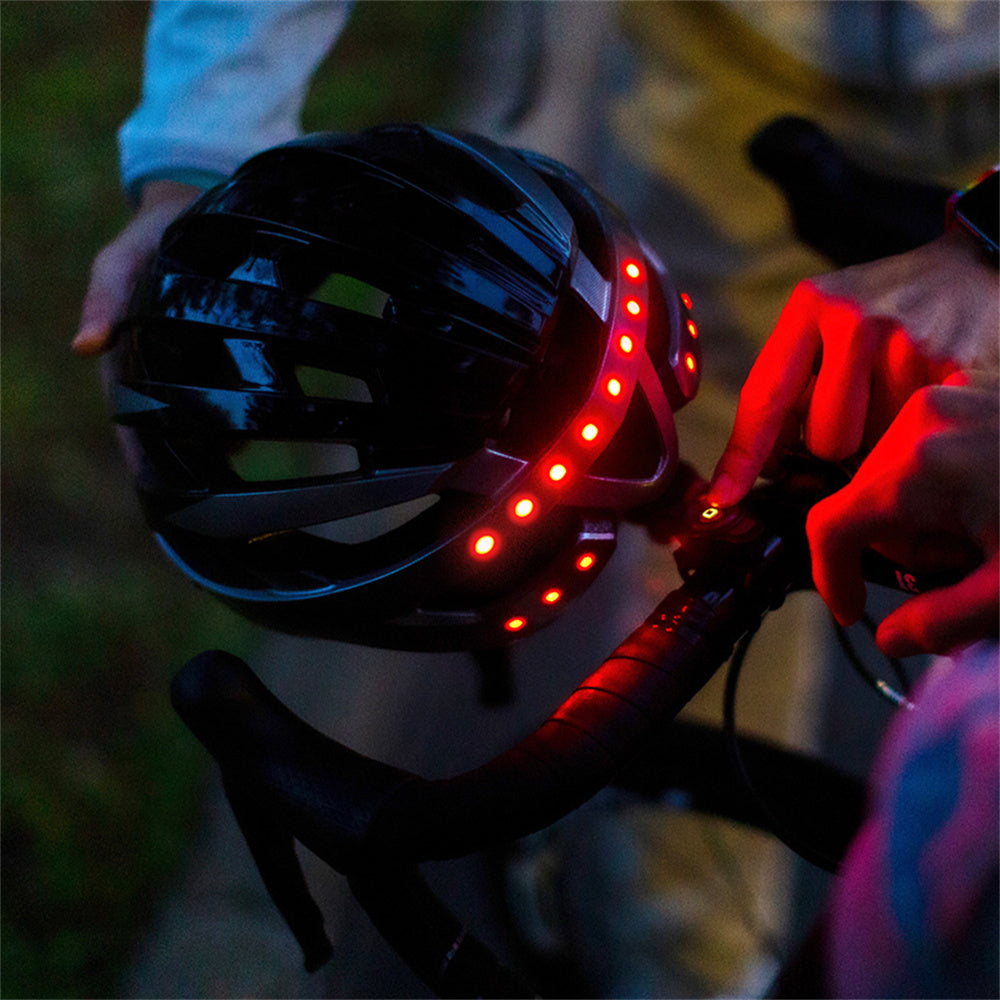



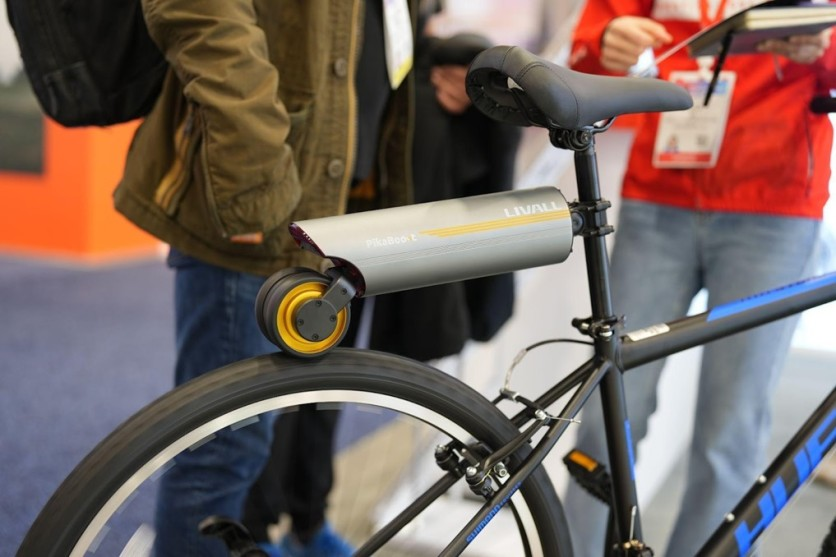

Leave a comment